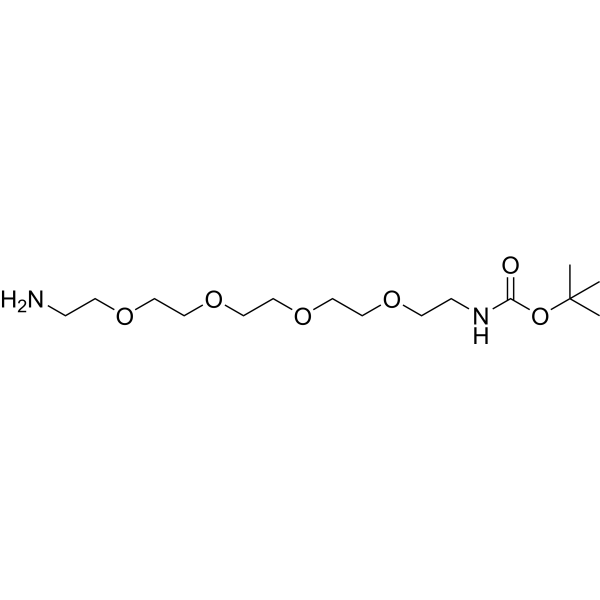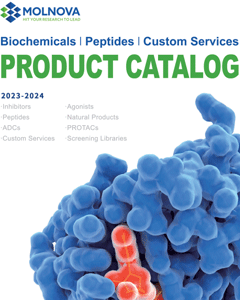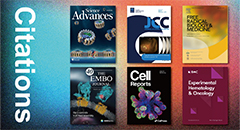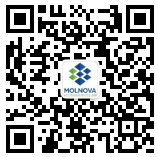
Boc-NH-PEG4-CH2CH2NH2
CAS No. 811442-84-9
Boc-NH-PEG4-CH2CH2NH2 ( —— )
产品货号. M26924 CAS No. 811442-84-9
Boc-NH-PEG4-CH2CH2NH2 是一种可裂解的 5 单位 PEG ADC 连接子,用于合成抗体药物偶联物 (ADC)。
纯度: >98% (HPLC)
 COA
COA
 Datasheet
Datasheet
 HNMR
HNMR
 HPLC
HPLC
 MSDS
MSDS
 Handing Instructions
Handing Instructions
| 规格 | 价格/人民币 | 库存 | 数量 |
| 100MG | ¥235 | 有现货 |


|
| 200MG | 获取报价 | 有现货 |


|
| 500MG | 获取报价 | 有现货 |


|
| 1G | 获取报价 | 有现货 |


|
生物学信息
-
产品名称Boc-NH-PEG4-CH2CH2NH2
-
注意事项本公司产品仅用于科研实验,不得用于人体或动物的临床与诊断
-
产品简述Boc-NH-PEG4-CH2CH2NH2 是一种可裂解的 5 单位 PEG ADC 连接子,用于合成抗体药物偶联物 (ADC)。
-
产品描述Boc-NH-PEG4-CH2CH2NH2 is a cleavable 5 unit PEG ADC linker used in the synthesis of antibody-drug conjugates (ADCs).(In Vitro):ADCs are comprised of an antibody to which is attached an ADC cytotoxin through an ADC linker.
-
体外实验ADCs are comprised of an antibody to which is attached an ADC cytotoxin through an ADC linker.PROTACs contain two different ligands connected by a linker; one is a ligand for an E3 ubiquitin ligase and the other is for the target protein. PROTACs exploit the intracellular ubiquitin-proteasome system to selectively degrade target proteins.
-
体内实验——
-
同义词——
-
通路Others
-
靶点Other Targets
-
受体Aldose reductase| Histamine Receptor| Immunology/Inflammation related
-
研究领域——
-
适应症——
化学信息
-
CAS Number811442-84-9
-
分子量336.429
-
分子式C15H32N2O6
-
纯度>98% (HPLC)
-
溶解度——
-
SMILESCC(C)(C)OC(=O)NCCOCCOCCOCCOCCN
-
化学全称——
运输与储存
-
储存条件(-20℃)
-
运输条件With Ice Pack
-
稳定性≥ 2 years
参考文献
1.Guo XY, et al. Structural characterization of minor metabolites and pharmacokinetics of ganoderic acid C2 in rat plasma by HPLC coupled with electrospray ionization tandem mass spectrometry. J Pharm Biomed Anal. 2013 Mar 5;75:64-73.
产品手册




关联产品
-
1,3-Diphenylisobenzo...
1,3-二苯基异苯并呋喃是一种荧光探针。它对单线态氧具有高度特异性的反应活性,形成内过氧化物,内过氧化物分解生成 1,2-二苯甲酰苯。 1,3-二苯基异苯并呋喃可以检测活性氧(ROS)的产生。
-
Gossypetin 3-O-gluco...
Gossypetin 3-O-β-D-glucopyranoside is a flavonol that can be isolated from Hibiscus sabdarifla.
-
Protodioscin
原薯蓣皂苷是薯蓣根茎中的主要甾体皂苷,具有抗高脂血症、抗癌特性。



 021-51111890
021-51111890 购物车()
购物车()
 sales@molnova.cn
sales@molnova.cn







